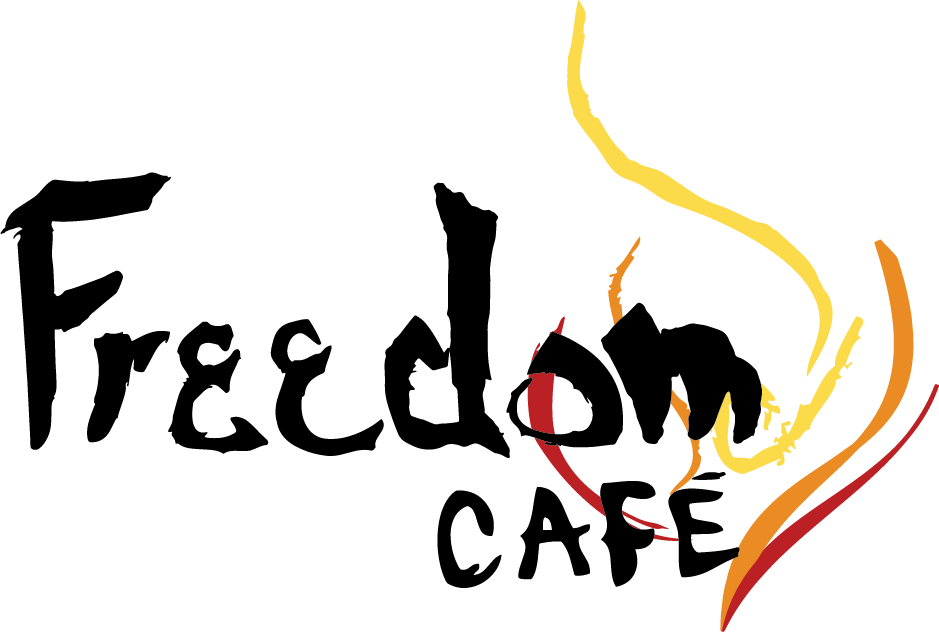Photo by Pablo Merchán Montes
Chocolate
Nations around the globe depend on chocolate for holiday celebrations, as ingredients in cooking and baking, and to satisfy those everyday sweet-tooth cravings. Even so, it is estimated that 1.8 million children are working under forced labor in common chocolate-producing regions of Africa. While cocoa is primarily grown in developing areas of Africa, Latin America, and Asia, it is almost exclusively consumed in developed nations and comprises a billion-dollar industry. However, most growers don’t get the chance to share in this success— small farms often struggle to make ends meet, and turn to child labor to increase their revenue.
how is it different than other trafficked goods?
Harvesting cocoa is exhausting and hazardous work. Cocoa pods, which are oval-shaped and typically about 17-20 cm long, grow from the trunk of the tree rather than from its branches. After making their way through the brush, a harvester must cut the pods from the trunk and split them open with dangerous tools such as machetes. It is a dangerous and demanding job for anyone, let alone the children who are often forced into this work with no compensation or protection.
According to a report by data analytics firm LexisNexis and StopTheTraffik, over 40% of the cocoa involved in making chocolate can be traced back to the Ivory Coast in West Africa, where the US State Department estimates that at least 10,000-12,000 children are victims of human trafficking and enslavement. However, this is not the full extent of the problem. The cocoa that goes into making the world’s chocolate is grown in 50 countries, with West African countries exporting about 70%. It is this major exporting region in which much of the human trafficking associated with the chocolate industry is suspected to occur.
Although media coverage of human trafficking in the chocolate industry picks up around commercial holidays such as Christmas, Halloween, Easter, and Valentine’s Day, it remains a relatively little-known issue for the rest of the year, with LexisNexis’ analysis finding that English-language media covered this topic in an average of 3 articles per week out of about 850,000.
What can I do to help?
Although it can feel overwhelming to learn of the scale and prevalence of this issue, starting with small changes can lead to big impacts! Next time you pick up that chocolate bar, check the label to see if you can tell where the cocoa originates. If it carries the seal of a reputable organization such as Rainforest Alliance or Fairtrade International, you can be confident your purchase will help support efforts to end human trafficking, one ethically sourced bar at a time.



